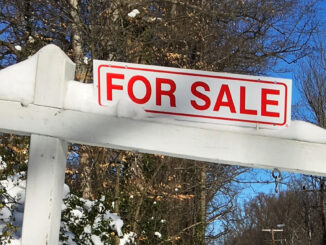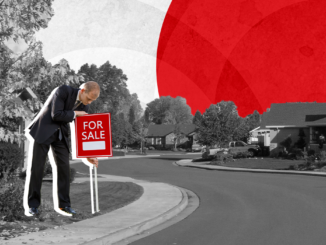
Source: Fortune —
Favorable millennial demographics. Tight housing inventory. Low unemployment. That’s why housing bulls said the Pandemic Housing Boom had more room to run.
Moody’s Analytics chief economist Mark Zandi, of course, disagreed. Back in May, Zandi came to Fortune with a bold proclamation: The Pandemic Housing Boom had peaked and we were entering into a “housing correction.” A housing correction being a period where the housing market—which got priced to 3% mortgage rates—would work towards equilibrium. It’d see home sales volumes fall sharply. It’d also, Zandi said, put much of the nation at risk of a home price corrections.
Fast forward to September, and it looks like Zandi’s housing correction call was spot-on. Not only is housing activity declining across the board, but some markets, like Austin and Boise, are already seeing falling home prices. This week, Fed Chair Jerome Powell acknowledged that the U.S. housing market is entering into a “difficult correction.”
That said, Zandi’s views are shifting—downward. In August, Moody’s Analytics downgraded their U.S. housing market outlook. Peak-to-trough, Moody’s Analytics expected U.S. home prices to fall between 0% to 5%, and fall between 5% to 10% in significantly “overvalued” housing markets. That August forecast assumed no recession. If an economic downturn manifested, Moody’s Analytics expected U.S. home prices to fall between 5% to 10%. While significantly “overvalued” housing markets would fall 15% to 20%.



